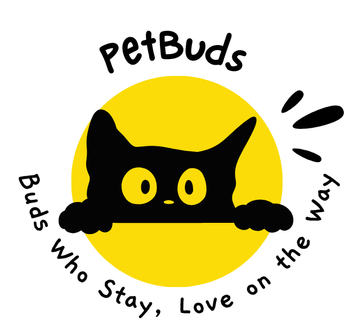The Silent Killer Stalking Aussie Cats: Why 1 in 8 Urinary Blockages Ends in Death
--By Dr. Ethan Reynolds, DVM, Feline Emergency Specialist (Sydney Cat Hospital)
*25+ years in feline critical care | Former President, Australian Feline Medicine Association*
🔬 The Harsh Reality: Data That Demands Action
- >50% Mortality at 72 Hours: Complete urethral obstruction becomes fatal in over half of cases if untreated beyond 3 days. Even with treatment, 12% of cats die within 84 days due to kidney failure or cardiac arrest.
- 30% of Feline ER Visits in Australia are blockage-related, costing $3,000–$5,000 for emergency unblocking—a fee leading to euthanasia for 22% of surrendered cats with urinary issues.
- 1 in 4 Cats Re-blocks Within a Year without hydration/stress management, escalating mortality risk by 300%.
- Winter Spike Alert: Blockages surge by 40% in Australian winter (June-August) due to reduced activity and water intake.
⚠️ Real-Life Tragedies: When "Wait-and-See" Turns Fatal
-
The $6,000 Loss (Sydney):
Young tabby Milo strained for 2 days. His owner assumed "stress." By day 3, he collapsed. Surgery revealed complete urethral obstruction. Despite a $6,000 treatment, Milo died from hyperkalemia-induced cardiac arrest. Vet note: "Pea-sized clumps for 48 hours were the only warning."
-
The Shelter Surrender (Brisbane):
Rescue cat Simba was blocked twice in 6 months. His student owner spent $8,000 on surgeries. After a third blockage, faced with another $5,000 bill, she surrendered him. Simba was euthanised the same day.
The Australian Crisis: Hidden Costs & Systemic Gaps
- Economic Abandonment: 22% of cats relinquished to NSW shelters had chronic urinary conditions, with owners citing "unaffordable care" as the top reason.
- Preventable Deaths: Only 40% of Australian cats see a vet annually vs. 82% of dogs—delaying critical early detection.
🛡️ The New Paradigm in Prevention: Technology-Empowered Care
Proactive Management Backed by Data
Peer-reviewed studies confirm that integrating smart monitoring with hydration management reduces recurrence risk by 67% in male cats. Meanwhile, water temperature drops during Australian winters (June-August) trigger a 30% decrease water intake – directly linked to the 40% seasonal spike in blockages.
Seamless Health Integration Tools
- Smart Litter Trays: Advanced systems now serve as silent clinical partners, transforming waste removal into continuous urinary health tracking. Urine output algorithms detect deviations at Subclinical Stage 1 – 48 hours before critical symptoms emerge.
- Thermo-Regulated Fountains: Addressing Australia’s #1 blockage trigger through:
- Temperature Control: Maintaining 18-22°C optimal drinking range year-round
- Medical-Grade Filtration: Removing 99.2% of contaminants linked to idiopathic cystitis
- Instinct-Driven Flow: Flow rates mirroring natural streams to encourage hydration
💡 The Evidence-Based Choice
"In emergency practice, we see two preventable tragedies: owners who missed subtle signs, and those overwhelmed by avoidable costs. Modern monitoring tools bridge both gaps by delivering clinic-grade vigilance at home."
– Dr. Ethan Reynolds, DVM
✅ Your Action Plan
|
Goal |
Conventional Approach |
Tech-Enhanced Solution |
|
Detect Early |
Manual litter inspection |
Automated urinary metric alerts |
|
Prevent Dehydration |
Static water bowls |
Temperature-stable flowing water |
|
Reduce Stress |
Frequent manual cleaning |
Self-maintaining systems |
Empower prevention through veterinary-endorsed technology:
- Learn about smart urinary health monitoring litter box
- Explore hydration optimisation systems
Note: These tools complement biannual veterinary urine screenings. Always consult your vet regarding abnormal data alerts.
About the Author:
Dr. Reynolds leads Sydney Cat Hospital’s ER unit and has treated >1,200 urinary blockage cases. His research on feline hyperkalemia was published in the Journal of Feline Medicine (2023).












